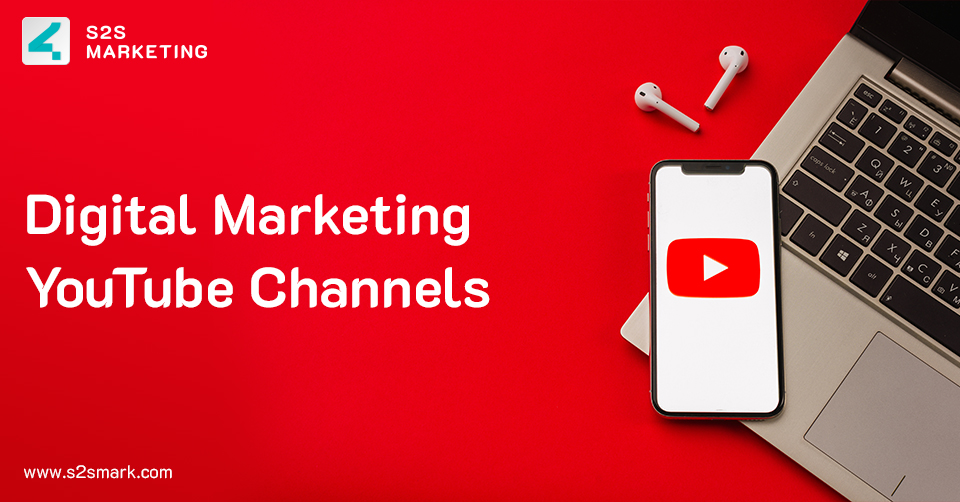Writing a blog and publishing it is not just enough. Organic search is a primary method to generate traffic on your article or blog. If you already have a blog, then, you must know the value of blogging for business. But, do you know how to write SEO-Friendly blog posts and how to do SEO for a blog?
To get the answer, first, you need to understand what is search engine optimization – SEO and why is it important?
What is Search Engine Optimization (SEO)?
SEO – Search Engine Optimization is a method of improving the quality of a website and generating organic traffic to the website from search engines like Google, Bing, etc. The primary tasks of SEO include on-page optimization, page loading speed, internal linking, and installing plugins. There are various search engine optimization techniques that are helping in increasing the ranking of a website or blog making the site visible on Google. Also read a blog on online earning websites.
Why SEO is Important?
SEO is an important source to generate traffic for blogs. In fact, a recent survey conducted by Orbitmedia stated, SEO is the second most effective way to optimize your blog content after social media. Without performing search engine optimization techniques, the website ranking and growth may get slower. So, search engine optimization is an essential factor to optimize your blog content. Get to know about SEO Jobs In Pakistan.
In this blog, we are going to write down helpful clues about how to get your blog on top of a google search? So let’s start before further delay!
Tips to Write SEO Friendly Blog Posts:
- Keywords Research and Content Plan
- Add Long-Tail Keywords
- Eye-Catchy Blog Title
- Proper Use of H1, H2, H3 Tags
- Work on Readability
- Optimize Meta Data
- Use a Relevant URL Structure
- Add Video, Infographic, Images in a Blog
- Use Categories and Tags to Organize Content
- Internal Linking
1. Keywords Research and Content Plan
To optimize your blog content, you need to begin with research on keywords that will be utilized in your content for the blog SEO. There are many tools and techniques for searching relevant keywords for your blog. The Semrush and Google Keyword Planner are excellent tools that allow you to discover keywords associated with your audience’s targeted topic. But it doesn’t mean to incorporate too many keywords in your blog. When you have gathered some relevant keywords, the next step is to write them in a manner that impacts search engine crawlers to optimize your blog content. Try to write these keywords in the below-suggested places:
- Headings and subheadings
- Opening sentence
- Title
- Closing paragraph
- Anchor text
- Title tags and meta descriptions
2. Add Long-Tail Keywords
Above we have mentioned the keywords, but do you know what it means by long-tail tail keywords? Long Tail keywords, also known as Latent Semantic Indexing – LSI, are the keywords that have at least 4 to 5 words in them. These are the keywords that search engines used to understand the content on a blog or website.
In old-times SEO, Google figures out a page topic based on the keywords they got on the page. For example, you have used the keyword ‘Blog SEO’ several times in a blog. Google and other search engines detect the page about Blog SEO. It’s called Keyword stuffing. So this was the reason in the back days why keyword stuffing was so important. But now, as the world is getting bigger, Google and search engine optimization techniques are updating too.
Now, Google is more active than the old one. Google wants to figure out the page’s whole topic. So now it relies on LSI. It checks your keywords but also looks for the related LSI keywords to understand the meaning more deeply. That is why writing LSI keywords in your blog is considered good practice to optimize your content for search. Get to know about Real Estate Marketing Companies In Pakistan.
3. Eye-Catchy Blog Title
Whenever you write a blog, you look for a name to present your blog. That is called a title. Google and other search engines’ purpose is to display related web pages relevant to the search query. The title is the first word of your whole blog, which will defend your blog. Here I reckon a famous quote:
The First Impression is the Last Impression
William Hazlitt
Thus, the more eye-catching your title is, the more people get attracted to it and generates traffic on your blog.
4. Proper Use of H1, H2, H3 Tags
Try to add your main keywords in blog headings (H1, H2, H3). Some CMS like WordPress automatically makes your post title and H1. But you also have to check out your page HTML to be more sure. Use the H1 tag only once so google bots can’t get confused. Other headings can be written in H2 and others. Always, besides H1, write at least one subheading that includes a keyword.
5. Work on Readability
Readability is the most imperative factor of Google and other search engines. Try to use short sentences, don’t expand the paragraph, make it to the point, use subheadings, bullets, and unique content. Avoid keyword stuffing and ignore the repeated words. These will surely improve your readability and optimize your content for search in Google.
6. Optimize the Meta Data
A meta title and meta description is an element of HTML that describes or compiled the concept of your blog post for the interest of search engines. In simple words, meta data presents the search engines and user’s data about your blog’s content and is very effective for ranking your website and blogs. A maximum meta description contains 155 words. Add at least one keyword in the meta description to have reader-friendly content. In addition, you can also add a longtail keyword for which you are trying to rank your blog. When someone searches a query relevant to the blog, and if the keyword is in the meta description, it will appear bolded in the search result. It indicated that Google knows there’s a semantic connection between the blog and the meta description.
7. Use a Relevant URL Structure
Search engines not only look for your content or blog but also see the URL structure. Try to use evergreen URLs. The long URLs are not good for SEO optimization. Short URLs are better and higher in Google ranking. The majority of blogging sites automatically create URLs, according to your blog title, but there is an option to edit them and make them shorter. Additionally, if your URL includes a keyword, it’s easier to rank.
8. Add Video, Infographic, Images in a Blog
Pictures, videos, and infographics are always expressive. Adding images or videos related to the blog post is a good practice. It attracts and shows the user the topic of the blog. To make your images or videos searchable to Google, add a short description, alt text, or title. Google or search engines never only look at the pictures or videos, in fact, they also look for alt text. To improve your blog Seo, don’t forget to add alt text in your images, infographics, and videos.
9. Use Categories and Tags to Organize Content
Blogging sites don’t have only one or two blogs. They write different blogs on different topics daily. The categories and tags help to sort the content in a manner. Not just for you but the search engines and users as well. The categories work as a table of contents, and the tags work as the index part of the webpage. The categories divide your content into main topics presented on your blog, and the tags are the points discussed in an individual blog post.
10. Internal Linking
If earlier you have written a blog, article, ebook, or video, and in a new blog, the title or the main heading of the previous one is mentioned in it, then it’s the best method to link to that page. It will not only connect your reader to the website, but it also surfaces your different important and reliable pages to search engines. Thus, it will improve your overall website ranking.
Conclusion:
So these were the top 10 tips that can help you to rank your blog and generate traffic to your website. We hope this blog was helpful to you. Need more tips on digital marketing? You can read our blog on digital marketing courses.
Read more related blogs:





